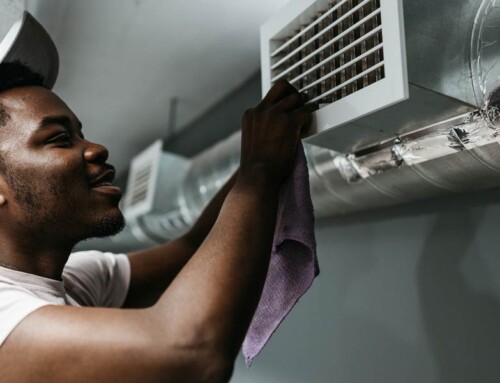UK Contract Cleaning Market Update
Following three years of marginal growth, the contract cleaning market in the United Kingdom accelerated between 2014 and 2016 in line with the economy. However, according to AMA Research’s “Contract Cleaning Market Report – U.K. 2017-2021 Analysis,” this growth is unlikely to be sustained over the next few years due to uncertainty caused by factors such as Brexit and the National Minimum Wage.
Contract cleaning is a mature market covering both single and multi-service contracts, in the commercial, manufacturing, healthcare, retail, transport, local authority and central government sectors. The report highlights there has been an underlying trend towards greater levels of outsourcing over the last decade which has driven demand for the contracting out of cleaning services. Cleaning and hygiene services often form part of a total facilities management contract, typically comprising around 12-15 percent of the contract value.
Despite over 40,000 businesses operating in the cleaning industry, the market for contractors is dominated by a relatively small number of large IFS/IFM and multiservice providers and large and medium sized specialist cleaning contractors. There is also a significant franchise sector in the market, as cleaning remains one of the most popular franchise opportunities, offering a relatively low-cost investment, in a robust market with relatively few barriers to entry.
The drive towards more sustainable cleaning practices has become an important issue within the industry, with clients demanding more sustainable practices from contract cleaning companies.
The market is also embracing the use of technology, which is driving advances in performance and efficiency. For example, the first fully automated robotic floor cleaning machines have been launched in the U.K. and robots using UV lights to kill the DNA of bugs have been trialled in the National Health Service (NHS) to help fight health associated infections (HCAI’s). Other technological developments include increased connectivity, which allows contractors to digitise cleaning procedures using sensors, gather and analyse real-time data to help them work smarter, create efficiencies and raise standards. Technology is expected to become ever more present within the industry over the coming years.
Looking forward, moderate growth is expected to continue within the contract cleaning market with a mix of negative and positive factors impacting the market. The demand for bundled service and Total Facilities Management contracts will continue to be a strong driving force as public and private sectors look to maximise value from contracts. However, there is concern that the Brexit decision may have an impact on the labor market and, with labor costs accounting for an estimated 80 percent of any invoice within the contract cleaning market, changes such as an increase to the National Minimum Wage have a significant impact on the health of the sector.
The transport sector is forecast to show good growth, driven by the expanding U.K. aviation and rail infrastructure and growing passenger numbers, something which should have a positive impact on the contract cleaning industry. Demand in many sectors are expected to decline in the coming years, such as the retail sector and the commercial office sector where reduced development activity will limit new contract cleaning opportunities in the short term.

















